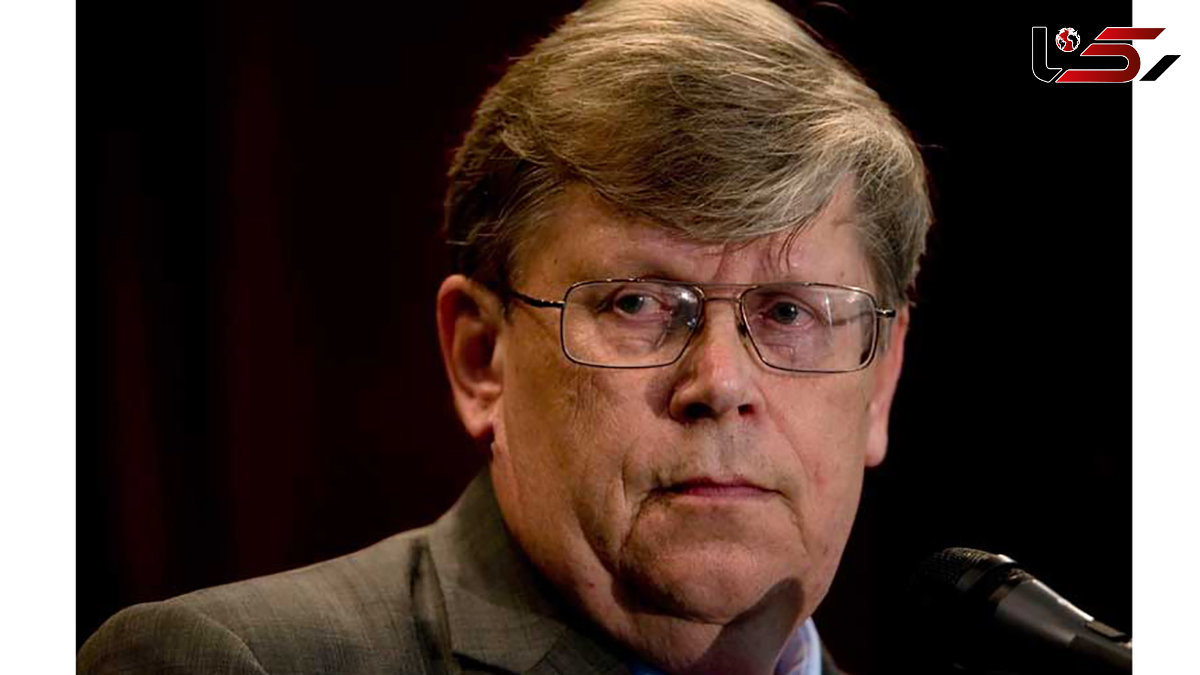Former IAEA Inspector:
Bombing Can’t Halt Iran’s Nuclear Drive — Urges Direct U.S.–Iran Talks
Rokna Political Desk: Olli Heinonen, former Deputy Director General of the International Atomic Energy Agency (IAEA) and lead inspector for Iran’s nuclear program, asserts that renewed military strikes would not halt Iran’s nuclear ambitions. He called for direct negotiations between Tehran and Washington — without intermediaries or public threats of unilateral action.

Heinonen noted that following the invocation of the so-called “snapback” mechanism by the UK, France, and Germany, Iran has suspended the Cairo cooperation agreement with the IAEA, declaring it null since the mechanism was triggered. In response, Iranian Foreign Ministry spokesman Esmail Baqaei reaffirmed that while Iran remains a party to the NPT and bound by its safeguards agreement, it withdrew from the Cairo framework after what it viewed as misuse of snapback. He added that future diplomatic meetings are not currently planned.
Heinonen cautioned that past military actions have delayed but never dismantled nuclear programs. He described a more productive path: confidence-building measures, phased verification, and reciprocal steps that allow for a return to oversight. Iran’s declared enrichment to 60 percent uranium-235, he warned, raises legitimate concerns, since there is no recognized civilian use for such levels. Meanwhile, the advanced enrichment infrastructure appears optimized for high output rather than low-level civilian uses.
Regarding international context, Heinonen noted that global concerns over Iran’s missile program and its support for groups like Hamas, Hezbollah, and the Houthis influenced the Security Council’s snapback vote. He argued that diplomacy must be revived with a new framework that addresses both nuclear and non-nuclear dimensions of the issue.
Heinonen suggests one possible model: a multi-year verification period under which sensitive nuclear activities might be suspended while the IAEA confirms Iran’s declarations. If verified, phased sanctions relief could follow. The approach, he says, should be tailor-made and measurable across multiple domains, including missile constraints.
He cautioned that reliance on military warnings or isolated attacks is insufficient: “Strikes may set progress back temporarily, but they rarely stop the nuclear drive entirely.” He stressed that a direct negotiation path — without threats or mediation layers — stands greater promise for shifting resources from confrontation to peaceful programs.
Send Comments